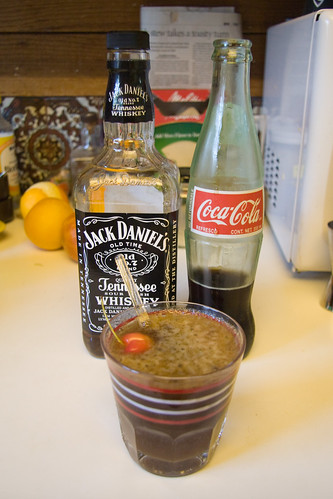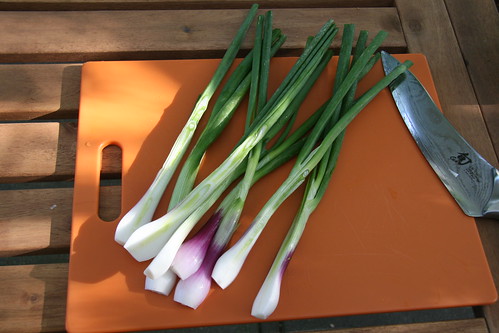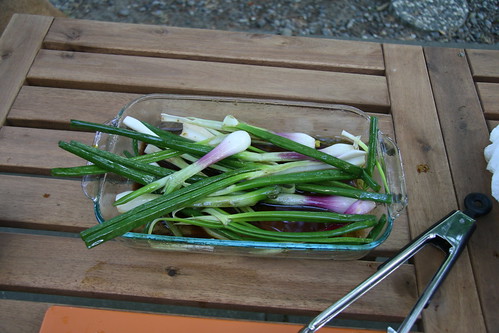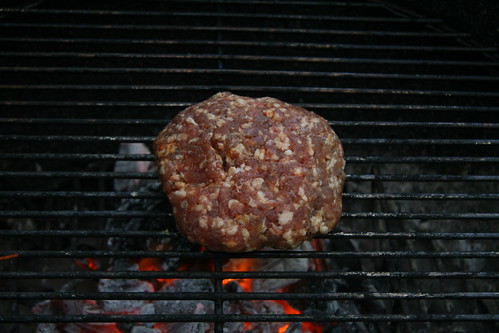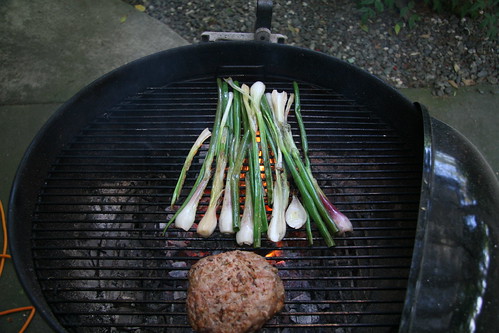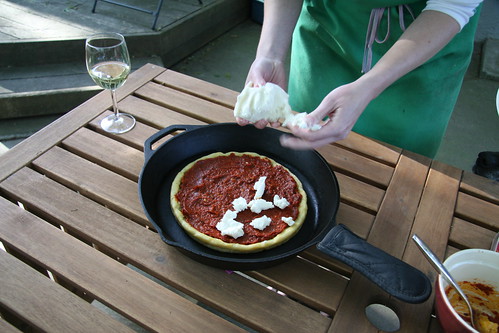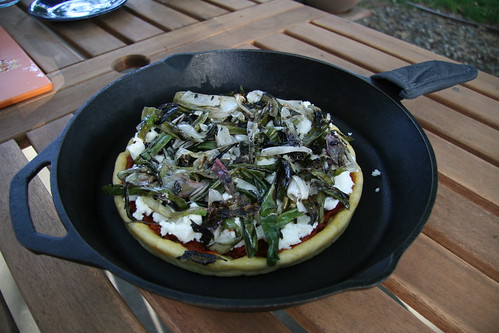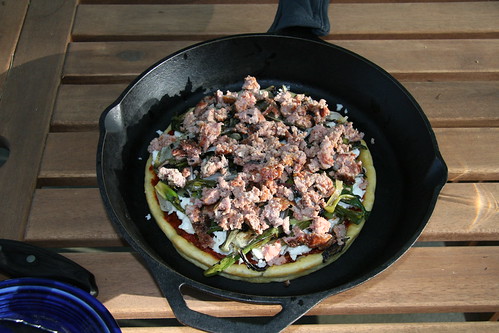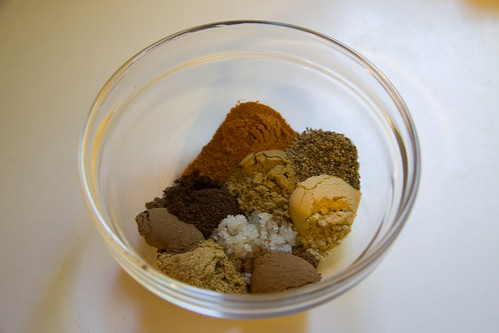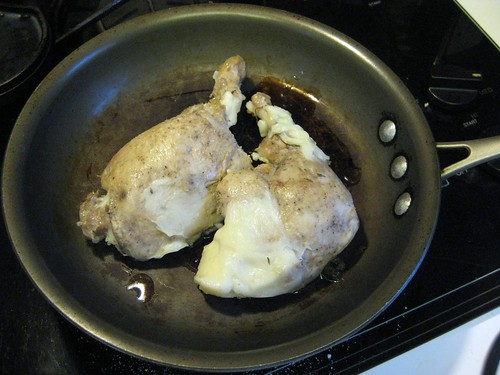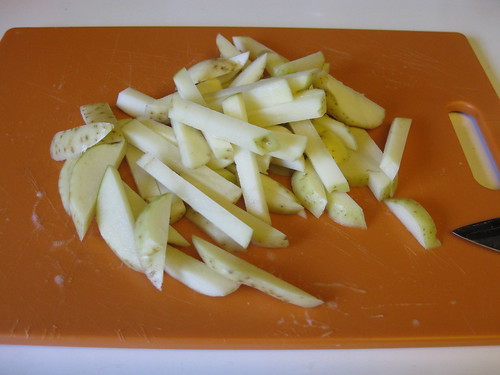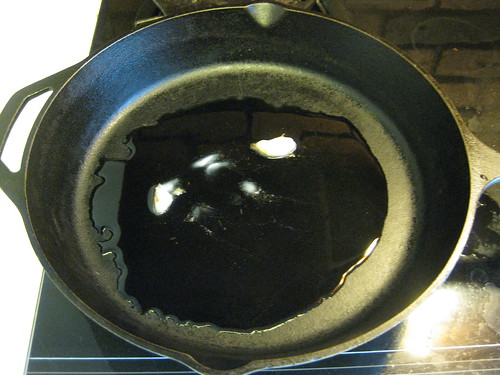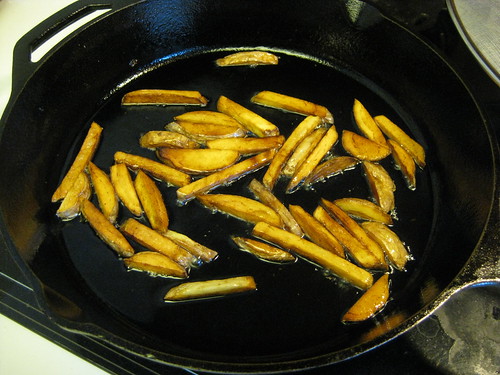Last Saturday, I celebrated my birthday with an epic dance party as envisioned by my 12 year old self. It came off like Young M.C., with tons of early 90s R&B, folks dressed in fantastic neons, silks and bike shorts and above all lots and lots of dancing. This post isn’t really about my birthday, beyond introducing the provenance of this week’s bacon. An earlier Fifty Two Foods post covered a side dish we brought to a pork dinner some friends hosted. Those same friends brought me a truly thoughtful birthday gift of seriously gorgeous, thick cut bacon from the same hog as that glorious dinner.
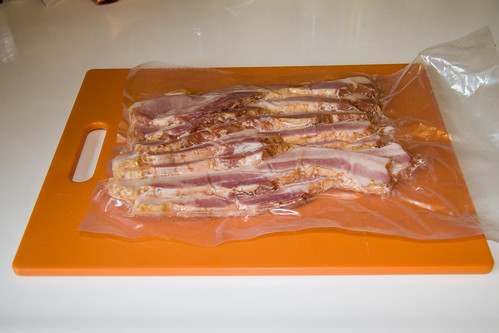
James Villas, a most laudable food writer, and author of The Bacon Cookbook, writes that “bacon is one of the oldest meats in history,” and that rich history is evidenced in the myriad dishes that use bacon to add flavor and richness. I’ve already used bacon or its cousin in two posts, and I expect it will make a few more cameos before the year is through. However, to truly do a bacon post justice—and, moreover, to do justice to this very special bacon—I wanted to prepare a meal where bacon stands front and center. No other dish succeeds at this like the humble BLT.
BLTs are so ubiquitous, it is easy to overlook the care that is needed to make an excellent version of the sandwich. The lettuce and tomato must both be fresher and more flavorful than in most sandwiches, because they are so central to the overall flavor. The bacon, meanwhile, must be neither so crisp that it makes the sandwich dry nor so soft that it is chewy. My preference is for a few slices of thick cut bacon, that have cooked slowly, achieving an outward crispness while maintaining a slight toothsomeness. The bread should be lightly grilled, with just enough mayo to coat each slice. When these elements all come together correctly, they create a wonderful dance: warm and cool, salty and juicy, tender and crisp.
For our BLTs, we began with five impressively thick slices of bacon, cooked slowly on a Lodge griddle.

I flipped the bacon periodically and cooked it over medium heat for 30 minutes, shifting the slices if one was taking on color too quickly. When they were finished, they had lost about 30% of their size, and had taken on an even dark brown color. I haven’t had a chance to ask how the bacon was smoked, but I’m pretty certain maple was involved, as they had a very nice sweet aroma.

For the tomatoes, we selected two smallish red ones of an unspecified heirloom variety. I sliced them fairly thinly.
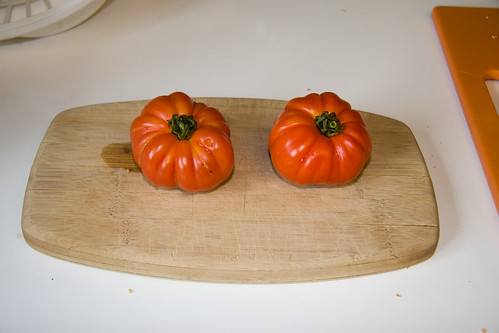
Finally, we used some very fresh green leaf lettuce from the Farmers’ Market.

For bread, I took the recommendation of the OctoberFeast Bakery vendor, and chose their excellent Pretzel Bread. I sliced the bread on the diagonal for extra long slices.
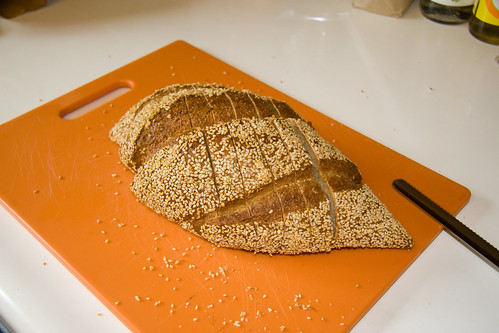
In a fit of decadence, we dipped the outside of each slice in the bacon grease, then grilled them for a few minutes in a panini press. This left the outsides of each piece slightly crispy, while the insides were warm and soft.
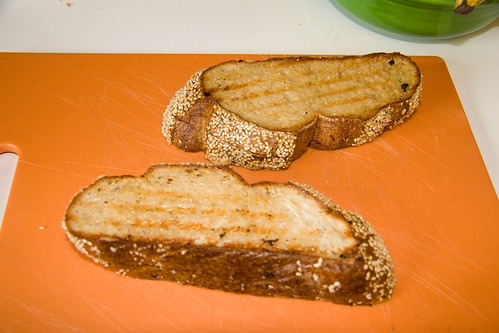
We added mayo to each slice, then added the bacon.
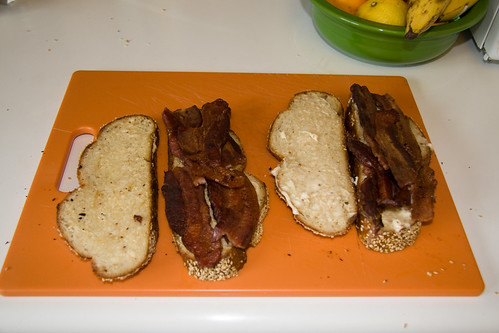
The lettuce came next, followed by the tomatoes.
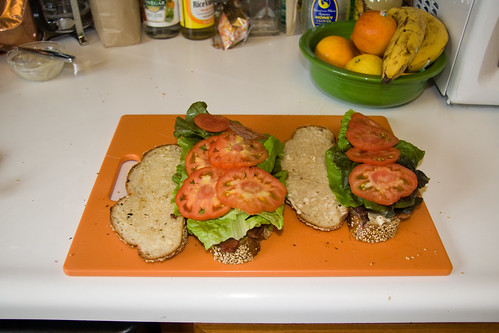
We stuck a skewer through each half and sliced the sandwiches down the center. Then enjoyed.

This was easily one of the best BLTs I’ve ever had. The bacon was simply outstanding—thick and dense with smoke and salt. It offset the fresh, light flavor of the lettuce and tomato perfectly. The bread was also very well matched, and grilling with the bacon grease just amped up the B-factor in a fantastic fashion. My only regret is that there isn’t more bacon.
Enjoy all the photos here.





